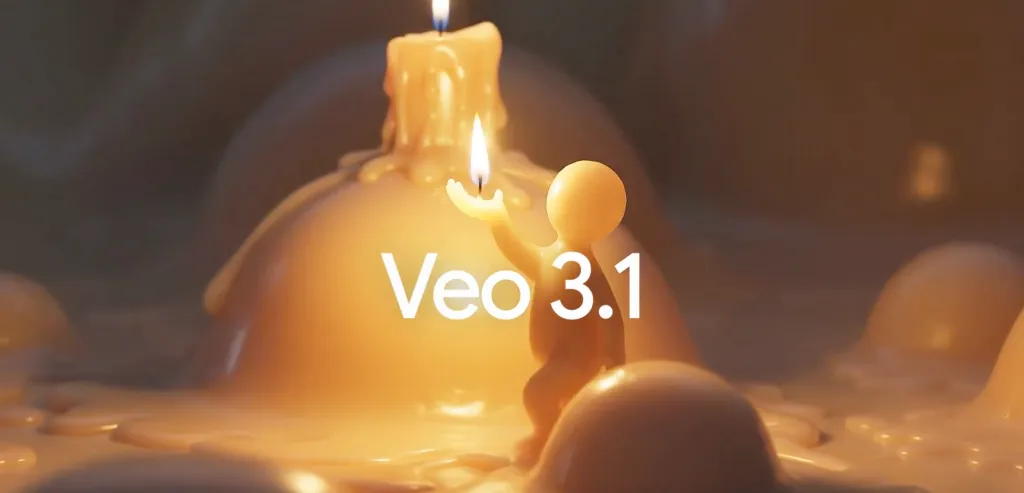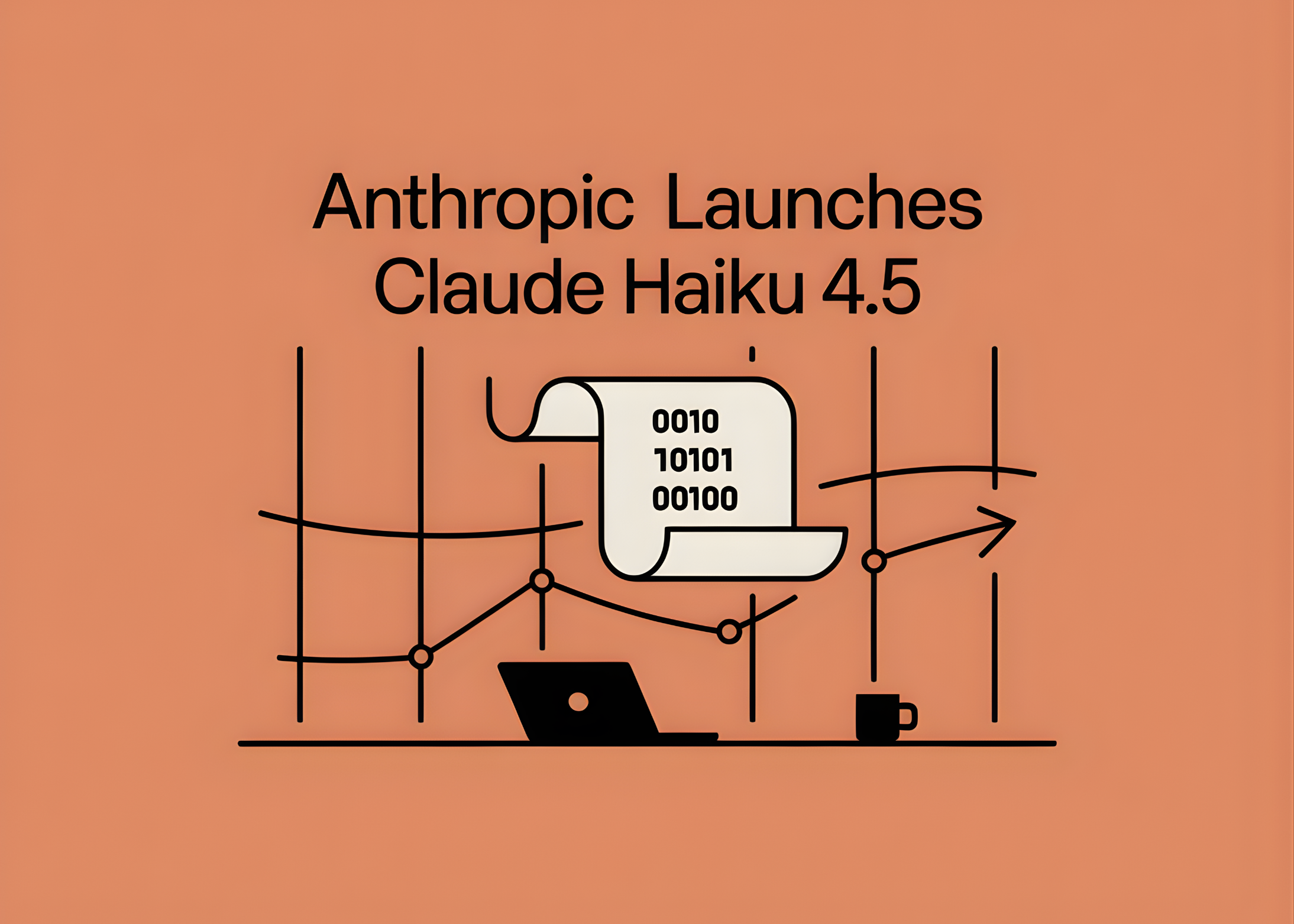Veo is Google DeepMind’s generative AI model for creating short videos from text or images, with Veo 3 introducing native audio (dialogue, ambient sound, effects) synchronized with visuals.
With Veo 3.1, Google refines and expands those capabilities, pushing the model closer to cinematic realism and more flexible creative workflows.
Key Enhancements in the Veo 3.1 Release
Here are the major new features and improvements in Veo 3.1:
| Feature | What’s Improved / Added |
|---|---|
| Lighting & Shadows Control | Users can now tweak or modify lighting and shadow details in generated video scenes to increase realism. |
| “Ingredients to Video” Audio Feature | From three reference images alone, Veo 3.1 can generate a video with accompanying audio. |
| “Frames to Video” with Audio | Create smooth transitions and motion between a start and end image, with sound already built in. |
| Scene Extension | You can extend the last second of a clip by up to a minute with new AI-generated visuals + audio. |
| Object Removal / Background Refill | Soon users will be able to remove objects from a video and the tool will reconstruct the background seamlessly. |
| Pricing & Access | Veo 3.1 is offered at the same cost as Veo 3. It’s currently available through a “paid preview” via the Gemini API and accessible in the Gemini app. |
| Longer Video Support & Multi-Shot (Expected / Competitive Aim) | Rumors and early signals suggest improved support for longer clips, better scene consistency, and multi-shot video generation to compete with tools like Sora 2. |
Why the Veo 3.1 Release Is Significant
- Greater creative control: The ability to adjust lighting, remove objects, and extend scenes enables creators to refine outputs instead of just accepting what the AI gives.
- Better realism: Improved audio synchronization and scene consistency help make AI-generated video feel more grounded and less “artificial.”
- Competitive positioning: Veo 3.1 strengthens Google’s offering against rivals in AI video (e.g. OpenAI’s Sora) by bridging gaps in editing flexibility and realism. TechRadar
- Broader integration possibilities: As Veo becomes more robust, it’s poised to be embedded into tools, apps, and platforms that demand high-fidelity video + audio generation.
- Accessible upgrades: Keeping pricing at parity with Veo 3 helps adoption while rolling out incremental improvements rather than requiring a full tier jump.
Challenges & Things to Watch
- Artifact consistency & continuity: More complex scenes may expose flaws—e.g. lighting mismatches, unnatural transitions, or mismatched audio.
- Scalability & cost: While some features are previewed now, ensuring performance and low latency at scale will be key.
- User expectations vs reality: Some creators may expect fully cinematic results from casual prompts; the polish will depend heavily on prompt engineering and post-processing.
- Access & rollout: As with earlier Veo versions, features may roll out regionally or via “preview” stages before full access.
- Ethical / misuse risks: As editing becomes more flexible (object removal, scene extension), tools for deepfakes or content manipulation must be carefully managed.
Context: Where Veo 3 Stands Already
- Veo 3 launch: Debuted earlier in 2025, adding synchronized audio and richer scene fidelity.
- Veo 3 Fast & image-to-video: Later, Google introduced a lighter, faster version (Veo 3 Fast) and image-to-video capabilities for both models
- Vertical / mobile formats support: Google also upgraded Veo 3 to support vertical (9:16) aspect ratios and 1080p resolution to better fit social media formats.
- Expansion into apps: Veo 3 has already been integrated into tools like Canva for video clip generation.



